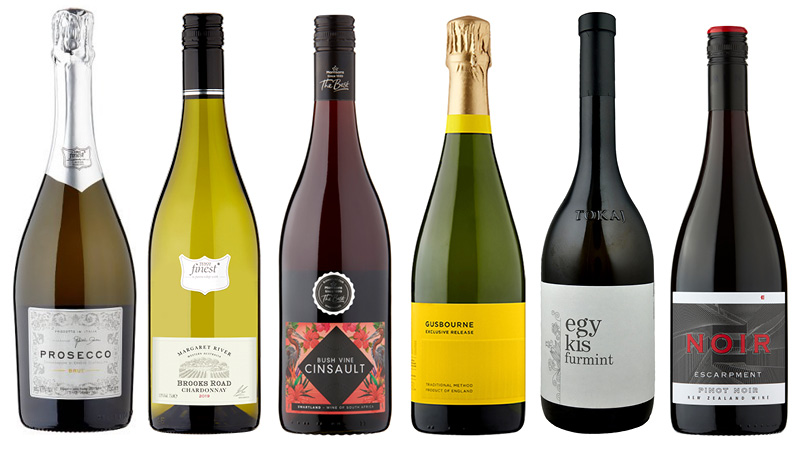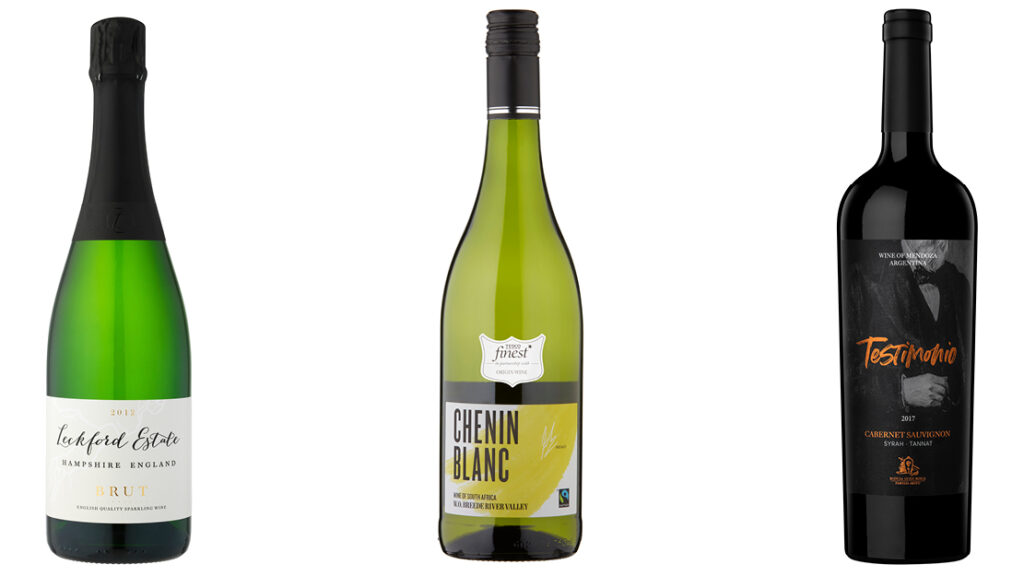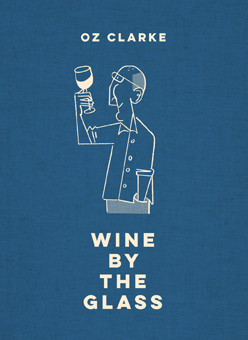Tasting wine means understanding what you are drinking – and enjoying it more. The ritual observed by professionals is not just showing off: there is a purpose to every stage, and it can help you to get maximum pleasure from a bottle of wine. Wine can be complex stuff, and if you just knock it back you could be missing out on a wonderful sensory experience. Instead, take a few moments to discover a little about a wine’s background, appreciate its colour, and savour its scents and range of flavours.
2. Read the label
This tells you a great deal about the wine: its region of origin, age, alcohol level, sometimes its grape variety. The design – traditional or modern – can hint at the intentions of the winemaker. At a blind tasting, you will begin at the next step.
3. Look at the wine
Pour the wine into a glass so that it is about one-third full. Tilt the glass against a white background so that you can see the gradations of colour from the rim to the centre. The colour can begin to suggest the taste of the wine, with clues to grape variety, climate and age. A young red wine may have a deep purple tinge, an older one will be lighter, sometimes brick red. A very pale white will be young, fresh or neutral-tasting, a deeper yellow one will be fuller in flavour, sweeter or older (not always a good thing in white wines)
4. Smell the wine
Swirl the wine around the glass to release the aromas, then stick your nose into the glass and take a steady, gentle sniff. Register the smell in terms that mean something to you: if it reminds you of herbs, spices, strawberries, wet wool or tar, that is what makes the wine memorable.
5. Take a sip
Take a decent mouthful, so that your mouth is about one-third full, and hold the wine in your mouth for a few moments, breathing through your nose. Draw a little air through your lips and suck it through the wine to help the aromas on their way to your nasal cavity. Note any toughness, acidity and sweetness that the tongue detects, then enjoy the personality and flavour of the aromas in your nasal cavity. Now gently ‘chew’ the wine, letting it coat your tongue, teeth, and gums.
Note the first impressions, then the taste that develops after the wine has been in your mouth for a few seconds. You can now swallow the wine or spit it out.
6. Spit or swallow
If you have to taste a number of wines in a limited time, spitting is the only way to appreciate the flavours and stay sober. Practise your technique in front of the bathroom mirror. A bucket with sawdust in the bottom makes a practical spittoon.
7. Assess the wine
Now note your impressions. Is the wine well balanced? Does the flavour linger in your mouth? A long-lasting flavour generally means a better wine.
As well as making notes about the wines they taste, many people like to give each wine a score. A simple numerical score can’t really convey the pleasure a wine gives, but it can be a good discipline for forcing yourself to come to an overall assessment.
If you’re going to score, you should mark the appearance, the bouquet and the taste. I suggest you allocate 10 per cent of the marks to appearance (this is the least important and – to be honest -if you wanted to allocate this ten per cent to bouquet, I wouldn’t object). Set aside 30 per cent for bouquet. Much of the beauty and fascination of old wines in particular is conveyed in the bouquet. And finally, give 60 per cent to taste. This is what it’s all about: the total sensation when you taste and, indeed, drink the wine. And this should be awarded the greatest percentage of the marks.
Add all these up and see if the marks tally with the overall impression of quality, and pleasure, that the wine gave you.
8. Opening a bottle of fizz
The sound of a cork being pulled is one I like a lot. Here are some tips on how to do it right to avoid ending up with a loud pop, a rush of foam and a half-emptying bottle of flattening fizz.
Just remember that the pressure in the bottle will do all the work for you so that all you need to do is be able to control it.
So, first tear off the foil to reveal the wire cage that restrains the cork. Then place one thumb over the top of the cork and undo the cage. Keep your thumb in place as once the cage is released there is always the opportunity for the cork to shoot off and injure someone or something!
Next grasp the cork in one hand and hold the bottle firmly with the other, you can then turn either the cork or the bottle but just remember to always keep a thumb or hand over the cork. By keeping a lot of pressure on the cork you should be able to ease it out gently.
Once the cork has been removed hold the bottle at a 45º angle to prevent the initial rush of foam – after a few moments you can pour the first glass.
Finally always make sure the bottle is well chilled before opening as a warm bottle is more like to explode its cork in a dramatic fashion.


